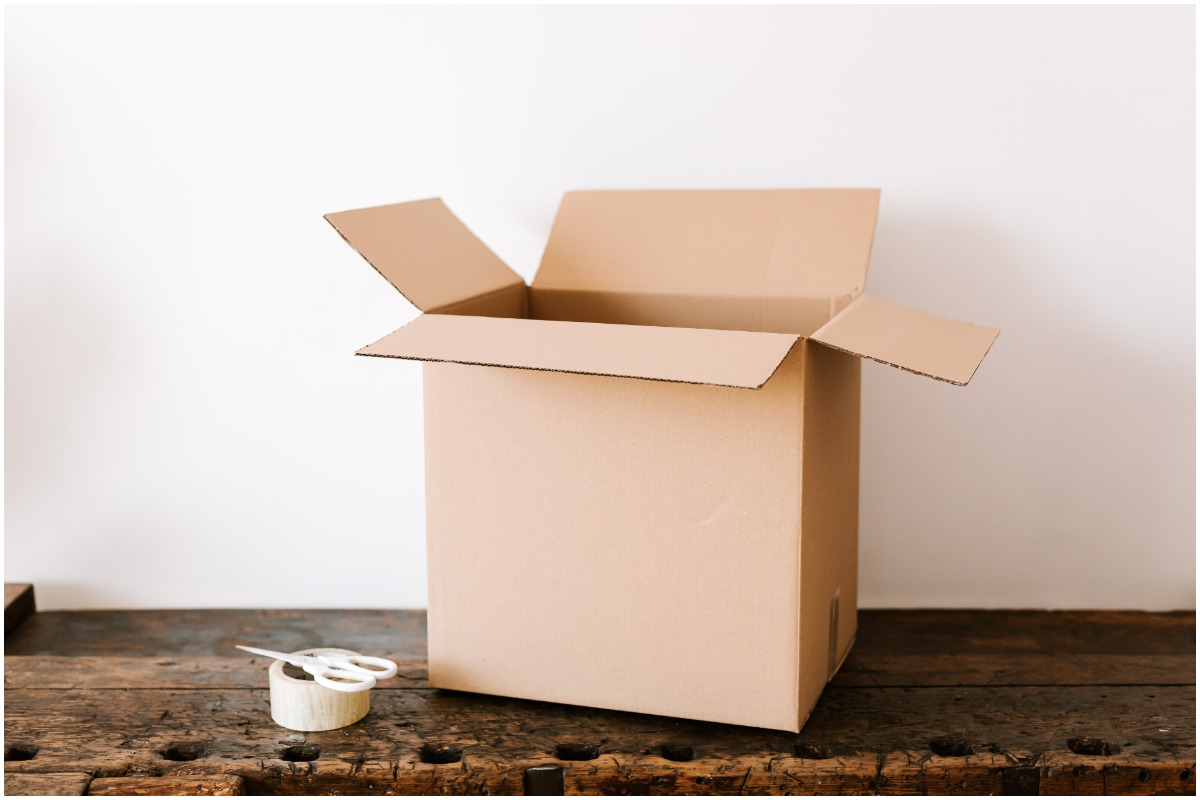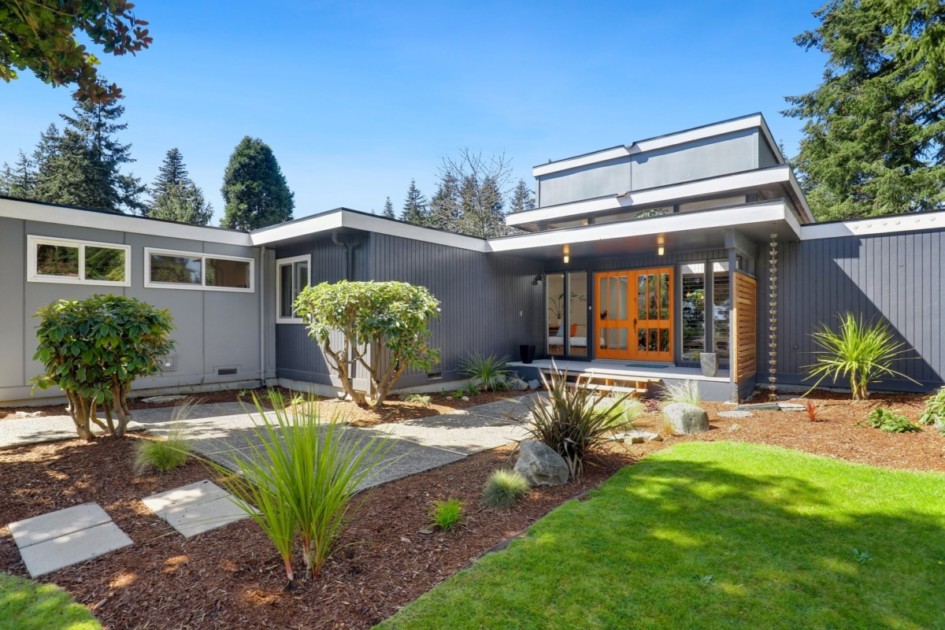Move-in Checklist: A Guide for Landlords and Tenants
Before new tenants start unpacking their boxes and settling into their new rental property, there is one very important document that needs to be completed, the move-in checklist. A move-in checklist, also called an apartment inspection checklist or a rental walkthrough checklist, is a document that allows the landlord and the tenant to state the current condition of the property and take note of any damages beyond normal wear and tear.
When written correctly, the checklist offers security to both tenants and landlords. As a tenant, it ensures that you won’t be charged for any damages or appliance failures you didn’t cause. As a landlord, the document can be used to prove that certain damages were done by the previous tenant and help keep the property in good condition. Whether you are renting in Louisville, KY, or a landlord in Phoenix, AZ, it’s important that you understand what a move-in checklist is and how to complete it.

Why do I need a move-in checklist?
For landlords:
The move-in checklist is a document landlords should provide to new tenants before they move into their new apartment. This checklist protects landlords and holds tenants responsible for any damages to the unit beyond the normal wear and tear. Making note of pre-existing damage can help minimize disputes between landlords and tenant-related to returning the security deposit.
For tenants:
The move-in checklist provides the same protection to a new tenant. It helps tenants evaluate and document the property’s condition before moving in. It ensures that landlords and property managers keep the units in good condition and helps hold previous tenants accountable for any damage they caused while living in the space. The checklist may also serve as a written record if there is ever a legal dispute in the future.
When a tenant is filling out the document they should remember to:
- Thoroughly assess the rental property’s condition and request repairs for any overlooked items
- Keep a copy of the move-in checklist. This way the tenant will have written evidence of the property’s original condition if the landlord tries to withhold all or part of the security deposit for previous damage evident when they moved in.
What’s included in the move-in checklist?
The move-in checklist should include general information that applies to most types of properties but also items specific to the rental unit being leased. It should include:
Information about the tenant and property
The landlord should identify the rental property by address, unit, unit size, and move-in date. Include the tenant’s name and when the tenant completed the checklist. If they have rented a garage or parking spot, that should be identified as well.
The rest of the items should be filled out by the new tenant upon moving in.
General items
Tenants should note the the condition of items found throughout the house or apartment, including:
- doors, hardware, and locks
- windows
- window coverings and blinds
- floors
- ceilings
- lighting
- electrical outlets
Verify that fire alarms and smoke detectors are also in working order.
Kitchen
Check that all appliances included with the unit, such as the refrigerator, oven, dishwasher, range hood fan, and garbage disposal, are functioning normally. Ensure all lighting fixtures and electrical outlets are working and in good condition. Check the water flow and drainage from sinks and faucets to ensure the water pressure is adequate and there are no leaks from the pipes or fixtures.
Dining area
If the unit has a dining room, assess the overall condition of the walls, ceilings, baseboards, and floor coverings. Ensure all electrical outlets have covers and light fixtures have bulbs and are working correctly.
Living room
Inspect the flooring for discoloration of the hardwood. Discoloration may indicate that the flooring requires additional refinishing and sealing or it may need to be replaced. Check the carpet for signs of excessive wear and tear from foot traffic or pets, such as matted-down sections, rips, or tears.
Bedrooms
Verify that all window and door locks function properly and document the condition of window coverings. Open and close closet doors to be sure they close correctly. Look for any existing dents or holes in the walls behind each door. Ensure any built-in shelving is secure and not damaged.
Bathrooms
The checklist should have a section for all of the bathrooms in the unit, including half-baths or 3/4 baths. It should cover all the basics like the flooring, walls, paint, etc. Document the condition of towel racks, mirrors, cabinets, countertops, faucets, drains, and toilet seats. Check each bathroom for adequate water pressure in the shower and bathtub and that all fixtures show no evidence of leaks. Verify that exhaust fans and lighting fixtures are working and electrical outlets are appropriately covered.
Keep in mind that rental property types can vary; the list above provides a general overview. If there are unique items specific to the rental unit, those should also be included in the move-in checklist.
Does the rental inspection checklist change for a house vs an apartment?
A single-family home will often have an extensive checklist. Some additional items listed on a home’s checklist may include:
- Electrical, plumbing, and HVAC systems.
- Additional outdoor structures such as the garage or a shed.
- Exterior areas like the driveway, parking spot, garden, balcony, or patio.
- The lawn and any pathways, tables, or coverings in the backyard, entryway stairs, and any fences/gates.
A house move-in checklist should include space to record the condition and functionality of these extra items. Keep in mind if there’s an area that both parties should maintain, it should be on a checklist.
Meanwhile, apartments have fewer rooms to inspect and only a few extra items such as a storage area, parking space or garage, and the functionality of the plumbing, electrical, and thermostat inside the unit itself. In an apartment inspection checklist, tenants are not usually responsible for conditions in common areas – hallways, lobbies, patios, gyms, etc. – inside or outside the building.
How to record a rental property’s condition – key terms to know
Detailed note-taking is crucial when completing a move-in checklist. Here are the most common abbreviations to record the property’s condition:
S – Satisfactory
NC – Needs Cleaning
NM – Needs Maintenance
NP – Needs Painting
NR – Needs Repair
NSC – Needs Spot Cleaning
RP – Needs Replacing
SC – Scratched/Scarred
DT – Dented
CP – Chipped
ST – Stained
NA – Not Applicable
If you’re the tenant, take the time to make notes about the condition of everything in the rental, from the condition of the carpet to marks on the wall or cracked bathroom tiles; you want to show you didn’t cause the damage. You can add more detailed notes about each room in the comments section. Even better, attach photos to the form or email them with a title for each image to identify the room, any issues, and the date. Landlords should fix any issues that come up that are against the landlord-tenant law in their state.
States that require landlords to provide a move-in checklist
According to Nolo, there are 14 states that require landlords to provide tenants with a move-in checklist:
- Arizona
- Georgia
- Hawaii
- Kansas
- Kentucky
- Maryland
- Massachusetts
- Michigan
- Montana
- Nevada
- North Dakota
- Virginia
- Washington
- Wisconsin
It’s still a good idea for tenants and landlords to document the rental’s condition, even if the state doesn’t require it. The checklist will help protect both parties in case there are legal disputes. Tenants may be encouraged to take better care of the property, and landlords will have documentation to support any fees they retain from the security deposit to cover excessive wear and tear.
When should tenants get the move-in checklist and do the rental walkthrough?
New tenants should be given the rental walkthrough checklist and do the rental walkthrough on move-in day, preferably before moving in any furniture. If possible, landlords could accompany new tenants during the walkthrough. This allows the landlord to answer any of the tenant’s questions. If the tenant is doing the walkthrough independently, most landlords request the rental walkthrough checklist to be completed within 72 hours of moving in.
Both tenants and landlords need to be diligent about their requirements and obligations before a move takes place. The document ensures the protection of both parties and is a great way for the new landlord-tenant relationship to begin.
The post Move-in Checklist: A Guide for Landlords and Tenants appeared first on Redfin | Real Estate Tips for Home Buying, Selling & More.




